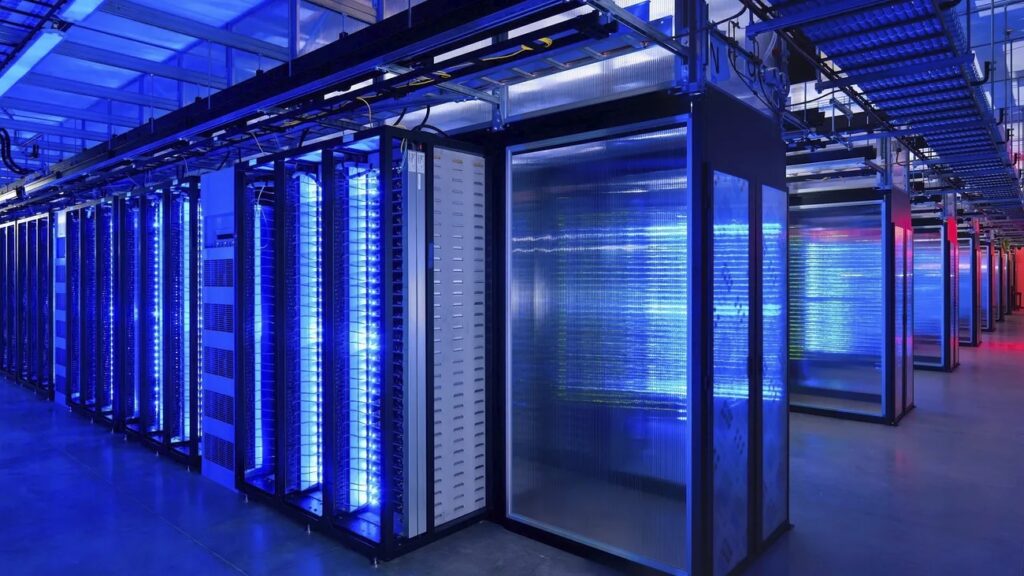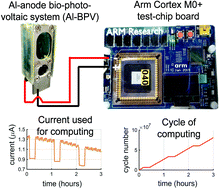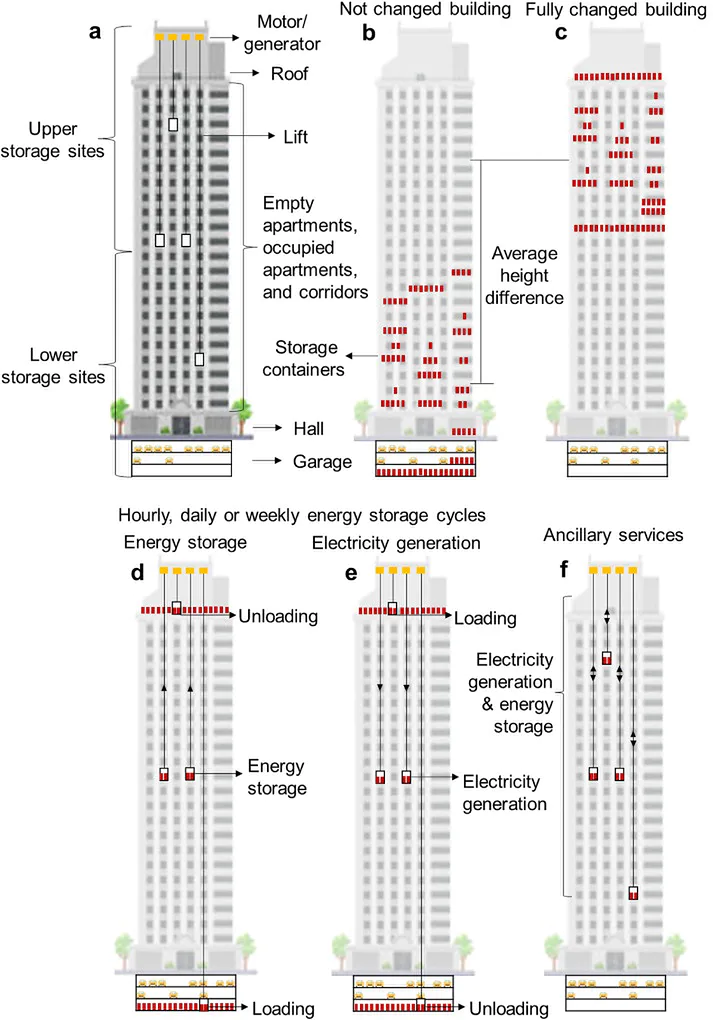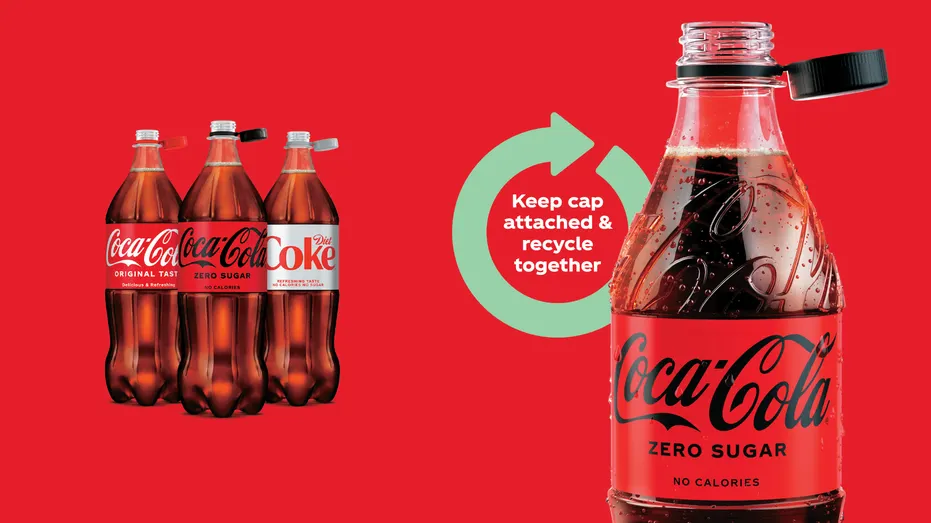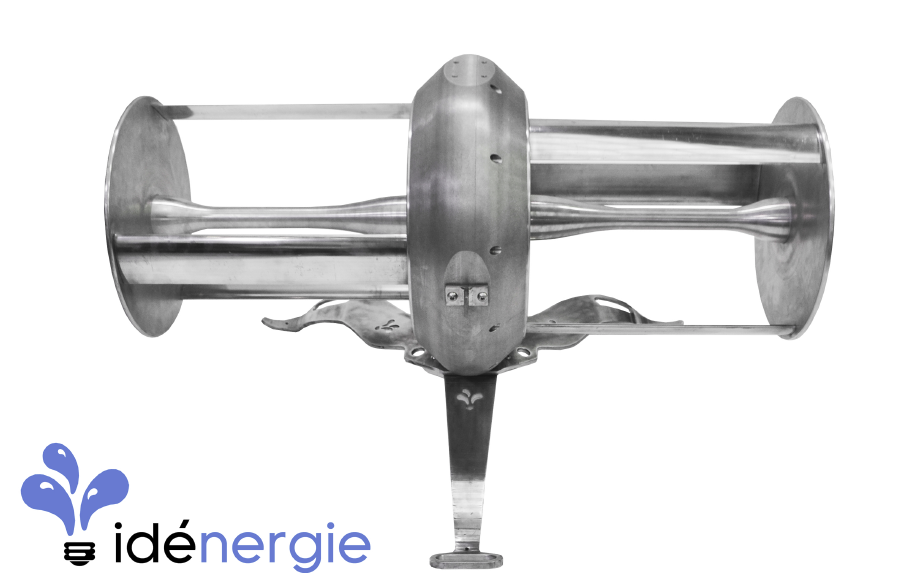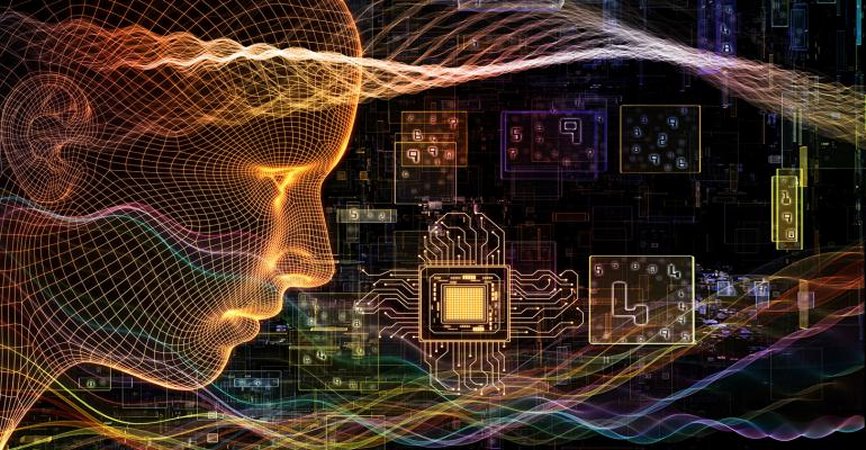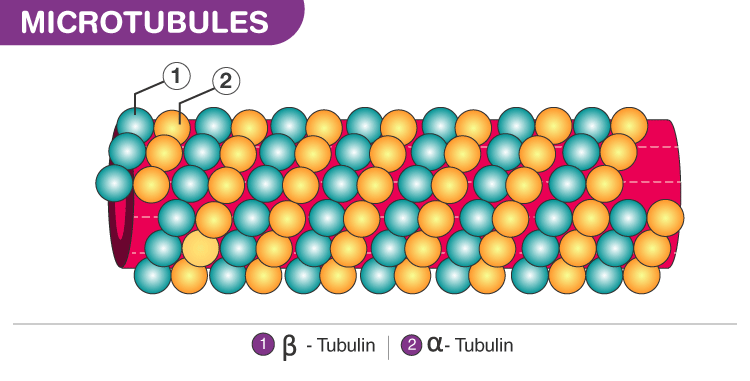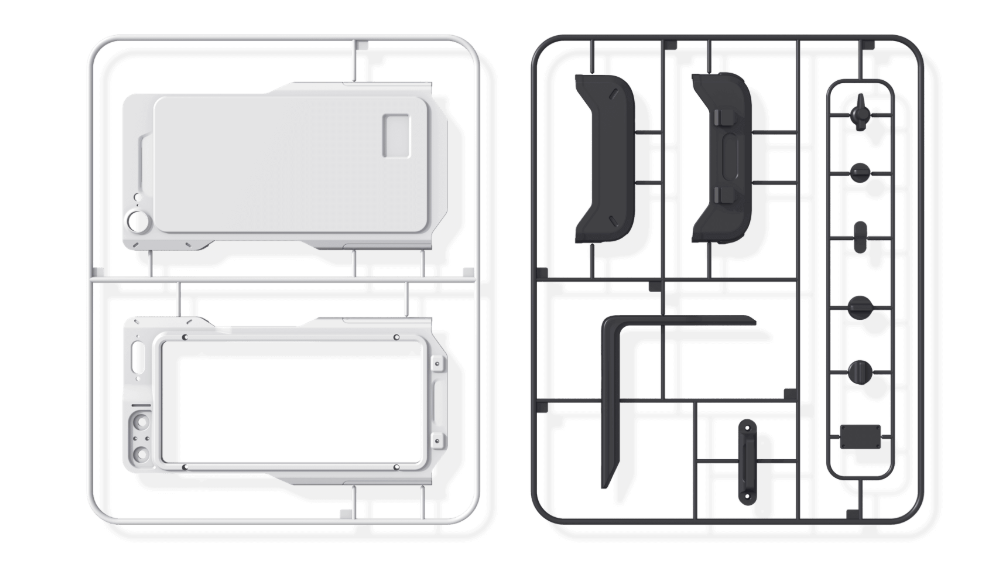
3D printing is a method of applying a building material layer by layer and its selective bonding. Each technology uses a different material that is bonded in a different way. 3D printing can be divided according to the material used. There are three basic groups of 3D printing: thermoplastics in the form of a line, light-curable resins and powder technologies. But now thanks to Muthukumaran Packirisamy and Mohsen Habibi we can add one additional method to that list.
An alternative to the traditional solutions, using plastics and sometimes other substances, 3D printing techniques called direct sound printing (DSP), which uses ultrasound to create new objects, was created in the laboratory of the Canadian University of Concordia. A researcher’s work on this subject describes this method of using focused ultrasound waves to induce reactions in areas of small cavitation, which is essentially tiny bubbles. Extreme temperature and pressure changes lasting trillionths of a second can result in predesigned complex geometries that cannot be produced with known additive techniques.
“We found that if we use a certain type of ultrasound with a certain frequency and power, we can create very local, very focused chemically reactive regions,” Habibi says. “Basically, the bubbles can be used as reactors to drive chemical reactions to transform liquid resin into solids or semi-solids.”
Researchers experimented on a polymer used in 3D printing called polydimethylsiloxane (PDMS). They used the transducer to generate an ultrasonic field that passes through the shell of construction material, solidifying the target liquid resin and depositing it on a platform or other previously solidified object. The transducer follows a programmed path, creating the desired product pixel by pixel. The microstructure parameters can be manipulated by adjusting the duration of the ultrasonic wave frequency and the viscosity of the material used. According to the authors of the technique, it is potentially an excellent alternative to the 3D printing technique in many applications.
References:
https://www.eurasiareview.com/01062022-direct-sound-printing-is-a-potential-game-changer-in-3d-printing/

